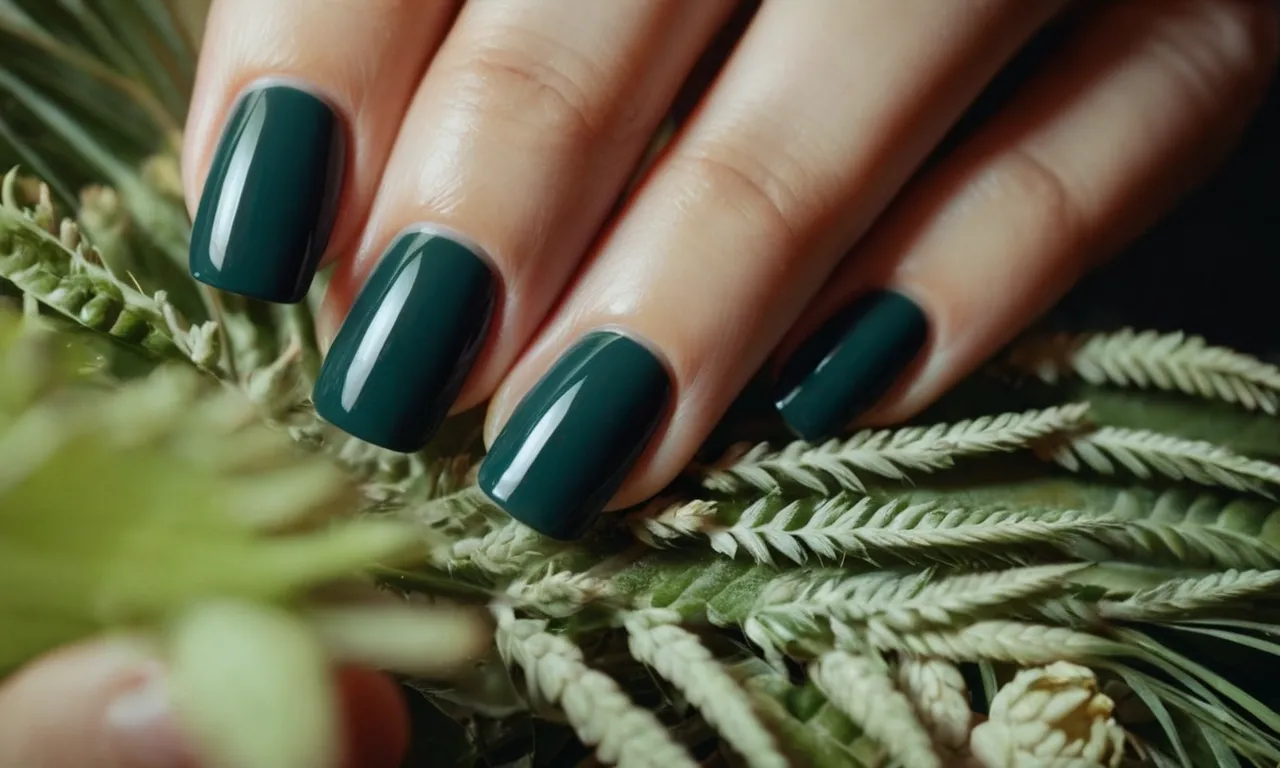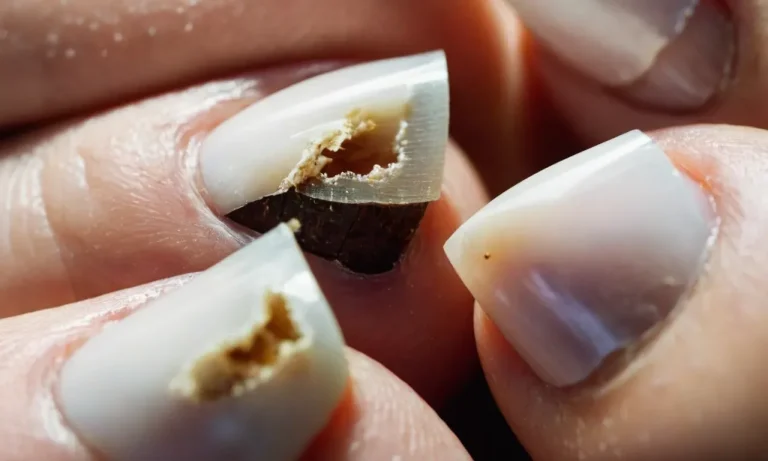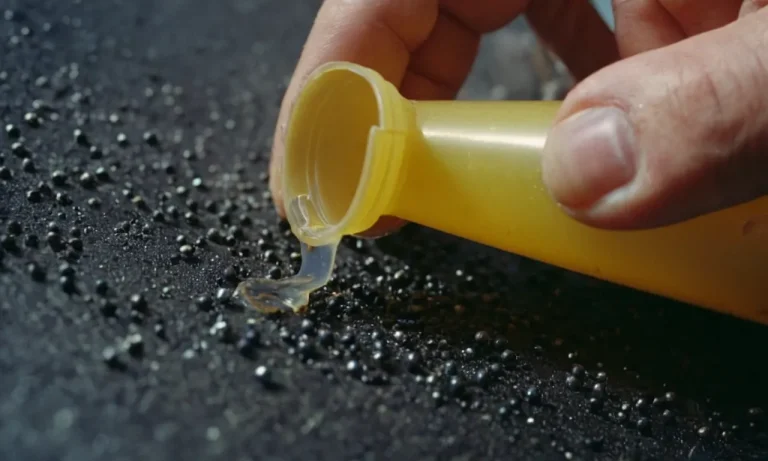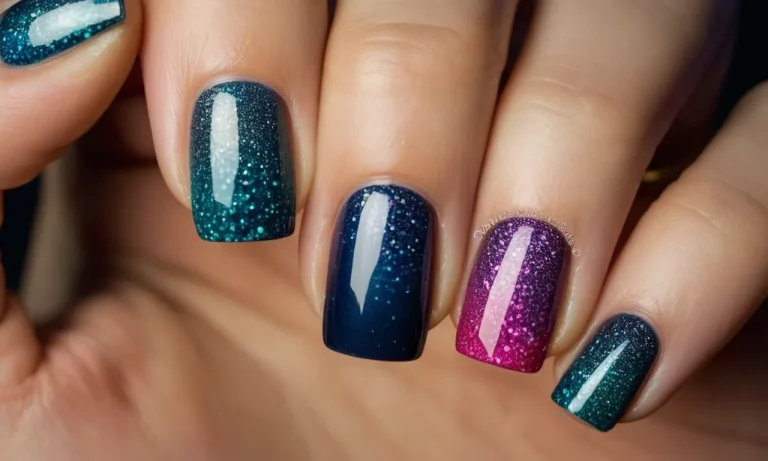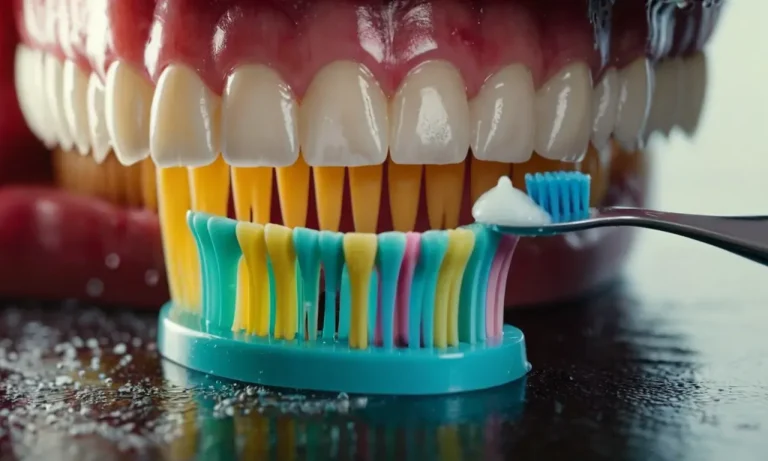Do Your Nails Grow Faster With Acrylics? A Complete Guide
Having long, strong nails is a goal for many women who want to look polished and put together. But achieving lengthy nails naturally can be difficult and time-consuming. This leads many to wonder—can I speed up nail growth with the help of acrylic nails?
If you’re short on time, the quick answer is: yes, acrylic and other artificial nails can make your natural nails appear longer and grow faster in some cases. However, they also carry risks for nail damage if not applied and removed properly.
In this comprehensive guide, we’ll explore how acrylic nails are applied, the ways they impact natural nail growth rates, pros and cons of acrylics for nail length and health, proper application and removal, and care tips to maximize growth.
How Acrylics Are Applied to Natural Nails
The acrylic application process step-by-step
Acrylic nails are applied over your natural nails in a multi-step process by a professional nail technician. Here are the basic steps:
- Prepare the natural nail – The nail tech will shape and clean your natural nails, removing any oil or debris.
- Apply primer – A primer is brushed onto the natural nails to help the acrylic adhere properly.
- Apply acrylic powder and liquid – The tech will dip a brush into liquid acrylic monomer and then into powdered acrylic polymer. The brush is used to apply the acrylic mixture to your nails.
- Shape the extensions – Once applied, the acrylic is shaped and filed into your desired nail length and shape.
- Finish and polish – The nails are buffed smooth and polished with your choice of nail lacquer color.
The entire process takes around 1-2 hours for a full set. Proper application ensures long-lasting, natural looking acrylic nails.
How acrylic extensions create the appearance of longer nails
Acrylic nail extensions are formed using a liquid and powder combination that hardens into a plastic-like material and adheres to the natural nail. The technician applies the acrylic to the free edge of the natural nail, extending it to create artificial length and thickness.
The acrylic hardens and forms a seamless extension that appears to be growing from the natural nail bed. With proper application and maintenance, acrylic extensions can create the look of natural, long nails.
Acrylic infills maintain growth between appointments
As your natural nails grow out underneath the acrylics, a gap appears between the cuticle area and the acrylic extension. Every 2-3 weeks, you need to get an acrylic infill or “fill” to fill in the new growth and maintain the long nail appearance. The tech will:
- File off the top layer of acrylic to rough up the surface
- Clean and gently push back the cuticles
- Apply new acrylic to fill in the gap and reinforce the nail
- Shape and buff for smooth finish
Regular acrylic infills keep the extensions looking fresh and avoid lifting or cracking. They allow you to maintain acrylic nail length as your natural nails grow out.
Do Acrylic Nails Make Natural Nails Grow Faster?
Whether getting acrylic nails accelerates natural nail growth is a common question for those considering artificial extensions. While acrylics may seem to boost growth rates, the reality is more nuanced.
Understanding how acrylic chemicals and potential damage affect nail growth can provide useful insight.
Preventing Nail Breakage with Acrylics May Enable Faster Growth
By protecting the fragile nail edge with an acrylic overlay, breaks may be minimized. Since breaks can temporarily halt growth and must be grown out, preventing such damage with acrylics means faster regeneration of length.
One study found that after 6 weeks with acrylics applied, participants grew their nails over 50% longer than those without them.
Discerning How Acrylic Chemicals Impact Growth Rates
The acrylic formulas used to create artificial nails contain concerning ingredients like methyl methacrylate. Studies on how such chemicals affect human nail matrix cells have not been conclusively determined.
However, research does suggest that brief weekly exposure during fill appointments has no significant effect on the cuticle or nail bed.
The Role of Nail Damage in Growth Rates
While acrylics protect nails, over-filing the natural nail during fills can impede the matrix and slow growth. Experts recommend filing only the acrylic overlay gently near the cuticle area during refills. This prevents thinning of nails which may noticeably stunt gains in length over time.
Another factor is improper acrylic removal – roughly pulling acrylics off can lift layers of natural nails, resulting in regrowth taking longer.
Pros and Cons of Acrylics for Nail Growth
Acrylics pros: protection, length, aesthetics
Acrylic nails provide several benefits that can aid nail growth:
- Acrylics protect the natural nail underneath, preventing breaks and allowing the nail to grow out longer without damage.
- The acrylic overlay allows for immediate length, so you don’t have to wait for your natural nails to grow.
- Acrylics allow for strength, shine, and endless design options not possible with natural nails.
With a skilled technician, acrylic enhancements can be applied and filled regularly without damaging the natural nail underneath. The protection and flexibility of acrylics makes them less likely to crack or break versus natural nails.
Acrylic cons: expense, damage risks, maintenance
While acrylics offer many benefits, there are some drawbacks as well:
- Acrylic nails have an expensive upfront cost, ranging from $50-$150 for a full set. They also require regular fill appointments every 2-3 weeks for maintenance.
- If not applied or removed properly, acrylics can damage the natural nail bed, leading to thinning and peeling.
- Acrylics require meticulous upkeep to prevent lifting and growth of natural nails underneath. Skipping fills can lead to increased damage risk.
Improper application or removal techniques like excessive filing can permanently damage the nail matrix. Acrylics also prevent the nail from being able to “breathe,” which may weaken nails over time.
Weighing the impact of acrylics on nail health
When weighing the pros and cons, acrylic nails can aid nail growth if applied and maintained properly. According to nail care experts, the key is quality application and steady maintenance:
- Visit a reputable nail salon with experienced acrylic technicians. Poor technique risks damage.
- Schedule fill appointments every 2-3 weeks to prevent lifting or cracking.
- Remove acrylics properly with acetone soak-off method. Avoid excessive filing.
- Give nails a break periodically to “breathe” and recover strength.
With careful and consistent upkeep, acrylic nails can safely enhance nail length and appearance. Be sure to monitor nail health closely and remove immediately at any sign of damage or infection. Consult a dermatologist if concerns arise.
Proper Application and Removal to Protect Nails
Choosing an Experienced, Reputable Nail Technician
Selecting a skilled nail technician is crucial for safe acrylic application and removal. An experienced technician will know how to prep the natural nail properly before application to avoid damage. They will also use high-quality products and sanitize tools to prevent infection (Nails Magazine).
When removing acrylics, a reputable technician will never excessively file or pry off nails, which can weaken them long-term.
Look for Sanitary Salon Conditions and Tools
Cleanliness is vital when artificial nails are applied or removed. Dirty tools and unhygienic conditions raise the risk of bacterial or fungal infections developing under acrylics. Choose a salon that sterilizes manicure instruments properly and avoids reusing single-use items.
Frequent cleaning of nail stations, chairs, and foot baths is also essential (CDC). An acrylic fill or removal should never be rushed—allow the full allotted appointment time for careful, sanitary work.
Gentle Filing and Buffing to Prep Nails
Light filing and buffing prepare nails for acrylic application without weakening them. The technician should avoid over-filing near the cuticles or sides of the nails, as this damages attachments to the skin. Filing just enough roughness for acrylic products to bond well is ideal.
Gentle touch-ups may be needed during fills, but excessive repeated filing causes brittleness and breakage over time.
Safe Acrylic Removal to Avoid Excessive Filing
protected removal approach avoids drilling off acrylics or using acetone/chemical soaks, which weaken natural nails. Instead, technicians should use a special grinding bit at low speed with light pressure. This slowly loosens the enhancement from the nail plate without trauma.
Frequent acrylic removal encourages growth by allowing oxygen to reach the nail bed again (about 0.1 mm per day).
Caring for Nails During and After Acrylics
Protecting nail beds from damage during fills
When getting an acrylic fill, it’s important to avoid overfiling the natural nail. This can thin out the nail beds over time, causing weakness and breakage. Ask your technician to use a light hand and focus just on the new growth area.
Using cuticle oil daily can also help nourish the nail beds and stimulate healthy growth underneath the enhancement.
Giving nails a rest between sets
As tempting as it may be to immediately fill a fresh set after removing acrylics, giving your natural nails some recovery time is wise. Take a 2-4 week break between sets to allow your nails to fully rehydrate and restore themselves.
Trim and file them into a rounded shape, apply cuticle oil daily, and give them some much needed TLC!
At-home care to support growth
Once your nails are protected by acrylics, be diligent about not getting water or moisture underneath the enhancement. This can lead to fungus and infection. Wear gloves when washing dishes or cleaning around the house.
You can also apply cuticle oil around the edges of the acrylic to keep the nail beds supple and healthy as they grow out.
It’s also important to maintain your acrylics by going for timely fills. As your natural nails grow out, allowing a large gap between the cuticle area and acrylic can put stress on the nail and increase the risk of cracks or breaks.
Letting nails recover post-acrylics
Once you remove an acrylic set, it’s normal for nails to be thin and weak initially. Refrain from using them as tools to pry things open or scrape at surfaces. Trimming them short can help avoid splits and tears as they grow out.
Apply a strengthening treatment regularly for a few weeks, along with moisturizing cuticle oil, to get them back into shape.
You can also try a biotin supplement or vitamin-rich nail polish to stimulate growth. As your nails regain thickness and integrity, you’ll be ready to rock your next set of bombshell acrylics!
Conclusion
While the acrylic application process itself doesn’t inherently speed up nail growth, acrylics can play a supportive role in protecting fragile nails and allowing them to reach longer lengths without breaking.
However, artificial nails also carry risks like infection, excessive thinning, and damage if proper precautions aren’t taken.
By choosing an experienced nail technician, allowing nails to rest between sets, and supporting them with vitamins and oils, you may be able to enhance growth rates indirectly by preventing breakage. But ultimately, genetics and nail health habits have the greatest impact.
If you decide to try acrylics, pay close attention to your natural nails both during application and afterwards. At the first sign of damage or excessive thinning, give your nails a break and consider removing them.
With reasonable precautions, you can safely experiment with acrylics to give your natural nails a growth boost.

